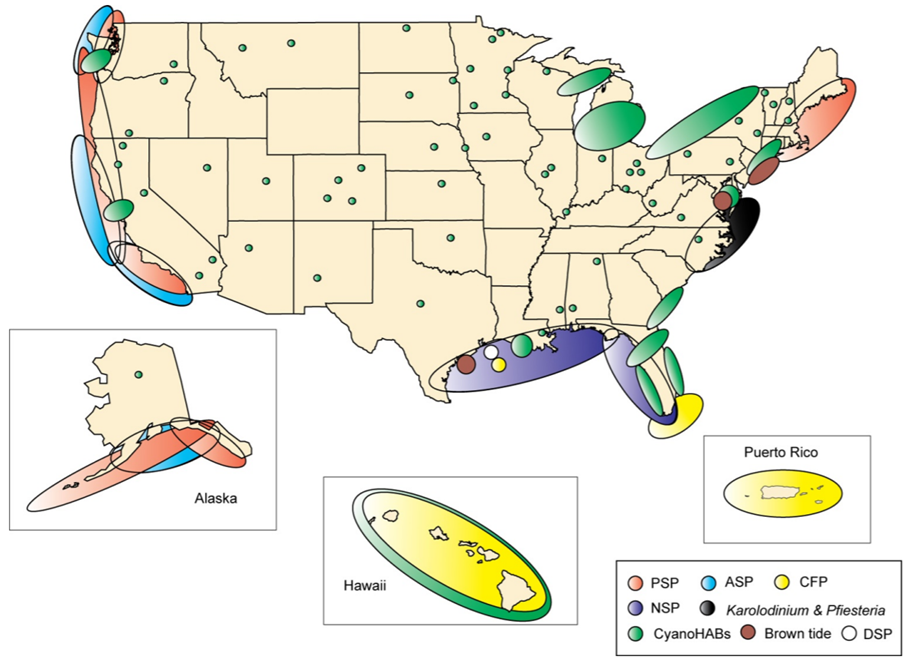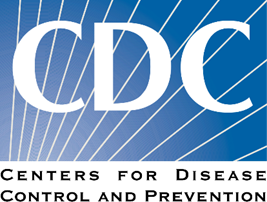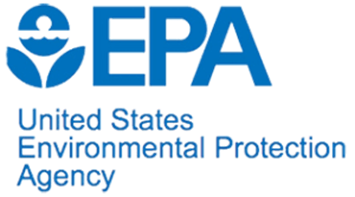Harmful Algal Blooms
What are harmful algal blooms?
Phytoplankton are naturally occurring in all bodies of water including freshwater and marine habitats. When phytoplankton cells replicate at a rapid rate in response to favorable conditions (such as abundant nutrients) this will lead to the formation of an algal bloom. When an algal bloom results in fish or shellfish death and/or negative impacts to humans this is a harmful algal bloom.
Not all species of phytoplankton produce toxins or negative impacts to the environment. Natural blooms of phytoplankton can occur during the transition between seasons as surface water temperatures decrease. This temperature decrease causes this surface water to sink allowing nutrient rich deep waters to come to the surface. This nutrient rich deep water can fuel rapid growth of phytoplankton producing bloom conditions. In the subtropical regions located along the upper coast of the Gulf of Mexico this mixing is observed during the transition between warm seasons and cool seasons. Algal blooms can also be induced in regions of high nutrient input due to excess nutrient runoff from anthropogenic sources.
How do algal blooms form?
Phytoplankton growth and bloom formation are influenced by temperature, salinity, nutrient concentration, and light availability. While varying levels of these factors can contribute to the formation of a bloom, each phytoplankton species has unique growth requirements. Nutrients, including nitrogen and phosphorus are required by most phytoplankton species and while these nutrients are present in the natural environment, humans contribute to increased concentrations in some regions. Physical parameters such as winds and currents can also transport phytoplankton from one location to another, introducing oceanic species into bays and estuaries. The timing, extent, and duration of a HAB event is dependent on the biology of the HAB species and the other organisms that are present in the ecosystem. These chemical, physical and biological factors all play an important factor in bloom progression, size, and longevity.

Figure 1 Biological, chemical and physical factors contributing to algal bloom formation. Image credit A. Joyner UNC-CH Institute of Marine Sciences
Where do harmful algal blooms occur within the Gulf of Mexico?
Harmful algae blooms can occur when conditions are favorable for rapid cell growth (i.e. abundant nutrients, proper temperature and lighting, suitable salinity etc). Algal blooms typically occur in the coastal regions where nutrients are present in higher concentrations. The map below shows some of the most common harmful algal bloom species that are found in the Gulf of Mexico and the United States coastlines.

Figure 2 Map showing common HAB species and the respective locations where they commonly occur in the Gulf of Mexico and the coastal US. Abbreviations: Amnesic shellfish poisoning (ASP), Ciguatera fish poisoning (CFP), Diarrheic shellfish poisoning (DSP), Neurotoxic shellfish poisoning (NSP) and Paralytic shellfish poisoning (PSP). Image credit: Figure from US National Office for Harmful Algal Blooms pulled from Erdner, D.L., Dyble, J., Parsons, M.L., Stevens, R.C., Hubbard, K.A., Wrabel, M.L., Moore, S.K., Lefebvre, K.A., Anderson, D.M., Bienfang, P. and Bidigare, R.R., 2008. Centers for Oceans and Human Health: a unified approach to the challenge of harmful algal blooms. Environmental Health, 7(2), pp.1-17.
How do they affect humans and the environment?
Some species of harmful algae such as Karenia brevis produce toxins that become aerosolized and affect the respiratory system of humans and other organisms. The presence of this toxin can cause respiratory irritation and may affect those with asthma more severely. Okadaic acid is produced by Dinophysis spp. and is the most readily found marine biotoxin in the oceanic environment (Valdiglesias et al., 2013). Okadaic acid can easily accumulate in shellfish and finfish which can be subsequently ingested by humans causing diarrheic shellfish poisoning. This consumption can lead to gastrointestinal symptoms but is not considered to be lethal.
Links
Click on the logos below to learn more about the harmful algal blooms.






